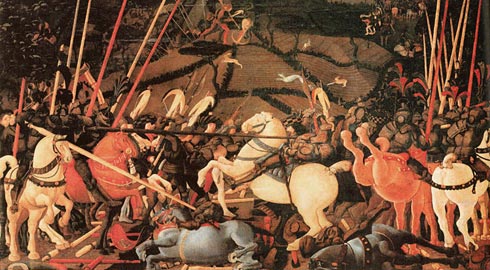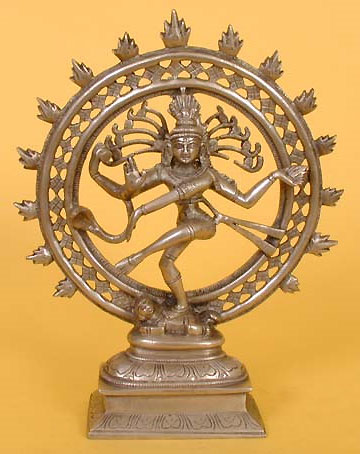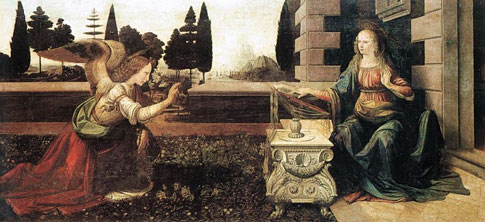Caravaggio – “an excellent rival of nature”
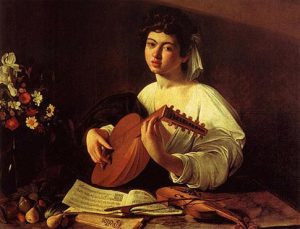 At the turn of the XVI – XVII centuries in Italy, famous for great painters, poets, scientists and humanists, a very peculiar artist appeared. His paintings caused a genuine sensation. Noble signorers and common people, artists and art lovers, clergymen and numerous multilingual wanderers, who filled the Eternal City during the great holidays, were eager to see them. Connoisseurs of art of that time praised the masters and talked about creations that were truly extraordinary and unique in their own way. They simultaneously cursed him as a person. Continue reading
At the turn of the XVI – XVII centuries in Italy, famous for great painters, poets, scientists and humanists, a very peculiar artist appeared. His paintings caused a genuine sensation. Noble signorers and common people, artists and art lovers, clergymen and numerous multilingual wanderers, who filled the Eternal City during the great holidays, were eager to see them. Connoisseurs of art of that time praised the masters and talked about creations that were truly extraordinary and unique in their own way. They simultaneously cursed him as a person. Continue reading
Luca della Robbia – devotional service to art
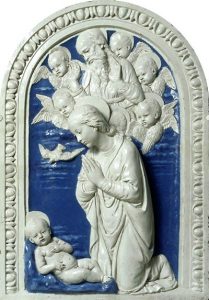 The whole long life of Luke della Robbia was dedicated to serving the arts. The sculptor was born in Florence in 1399 or 1400. He made many works that rightfully occupy a prominent place in the history of the sculpture of the Renaissance. Luka della Robbia’s hard work, his devotion to art was emphasized by one of his first biographers, D. Vasari: “… completely leaving the jewelry business, he (Luca della Robbia) gave himself up to sculpture and did not do anything else, working with a chisel all day nights And he did it with such diligence that, often feeling at night that his legs were frozen, he, in order not to depart from the drawing, warmed them, shoved them into a basket with chips … ” Continue reading
The whole long life of Luke della Robbia was dedicated to serving the arts. The sculptor was born in Florence in 1399 or 1400. He made many works that rightfully occupy a prominent place in the history of the sculpture of the Renaissance. Luka della Robbia’s hard work, his devotion to art was emphasized by one of his first biographers, D. Vasari: “… completely leaving the jewelry business, he (Luca della Robbia) gave himself up to sculpture and did not do anything else, working with a chisel all day nights And he did it with such diligence that, often feeling at night that his legs were frozen, he, in order not to depart from the drawing, warmed them, shoved them into a basket with chips … ” Continue reading
Leah Grundig – the art of anger and struggle
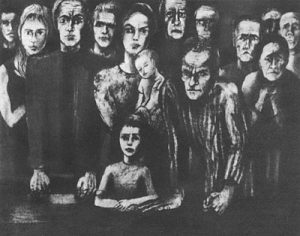 Expressive ink drawings, expressive genre compositions and portraits made with black chalk, aggressive engravings based on the confrontation of light and shadow … figures of the unemployed, touching images of proletarian children and women, exhausted by fear and need. Other sheets show working demonstrations and meetings, heated debates and discussions. The German artist Lea Grundig was vividly and accurately embodied in the plight of the workers and the ripening feeling of protest in their ranks during the dark days of the fascist nightmare. Continue reading
Expressive ink drawings, expressive genre compositions and portraits made with black chalk, aggressive engravings based on the confrontation of light and shadow … figures of the unemployed, touching images of proletarian children and women, exhausted by fear and need. Other sheets show working demonstrations and meetings, heated debates and discussions. The German artist Lea Grundig was vividly and accurately embodied in the plight of the workers and the ripening feeling of protest in their ranks during the dark days of the fascist nightmare. Continue reading
Konstantin Meunier – an artist who glorified the proletariat
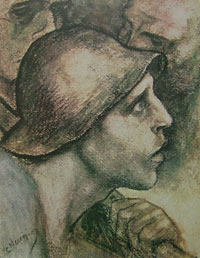 The life of the Belgian master Constantin Meunier is not eventful. But his creative biography is unusual. He began as a sculptor, visiting the class of the Academy of Fine Arts in Brussels and the workshop of Sh. O. Freken, a follower of classicism. Then for many years engaged in painting. Only at the age of 50 he returned to sculpture – a unique case in the history of Western European art of that era.
The life of the Belgian master Constantin Meunier is not eventful. But his creative biography is unusual. He began as a sculptor, visiting the class of the Academy of Fine Arts in Brussels and the workshop of Sh. O. Freken, a follower of classicism. Then for many years engaged in painting. Only at the age of 50 he returned to sculpture – a unique case in the history of Western European art of that era.
At the same time, Meunier continued to work as a painter, creating major works in 1890–1900s. The master found in painting compositional solutions, which he later transferred to sculpture. Continue reading
Camille Corot: “I write with my heart”
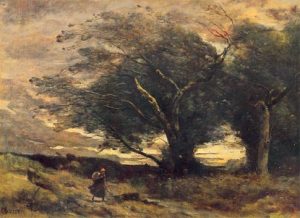 The large, half a century long, creative life of the French artist Camille Corot (1796–1875) was, as it were, subject to the change of seasons. In the winter months he worked in the Paris workshop, often visiting the opera and the conservatory. But the happiness of communicating with wildlife meant for the master incomparably more than visiting museums and concert halls. Every year with the onset of spring, he went on a journey through various regions of France to write sketches. Many of them have become pearls of plein-air painting. Continue reading
The large, half a century long, creative life of the French artist Camille Corot (1796–1875) was, as it were, subject to the change of seasons. In the winter months he worked in the Paris workshop, often visiting the opera and the conservatory. But the happiness of communicating with wildlife meant for the master incomparably more than visiting museums and concert halls. Every year with the onset of spring, he went on a journey through various regions of France to write sketches. Many of them have become pearls of plein-air painting. Continue reading
